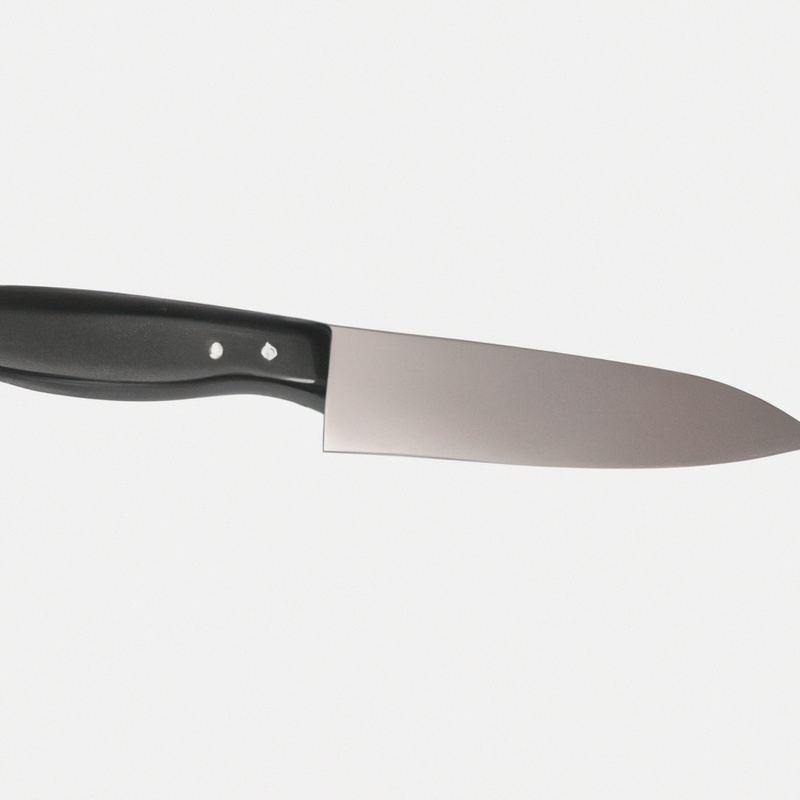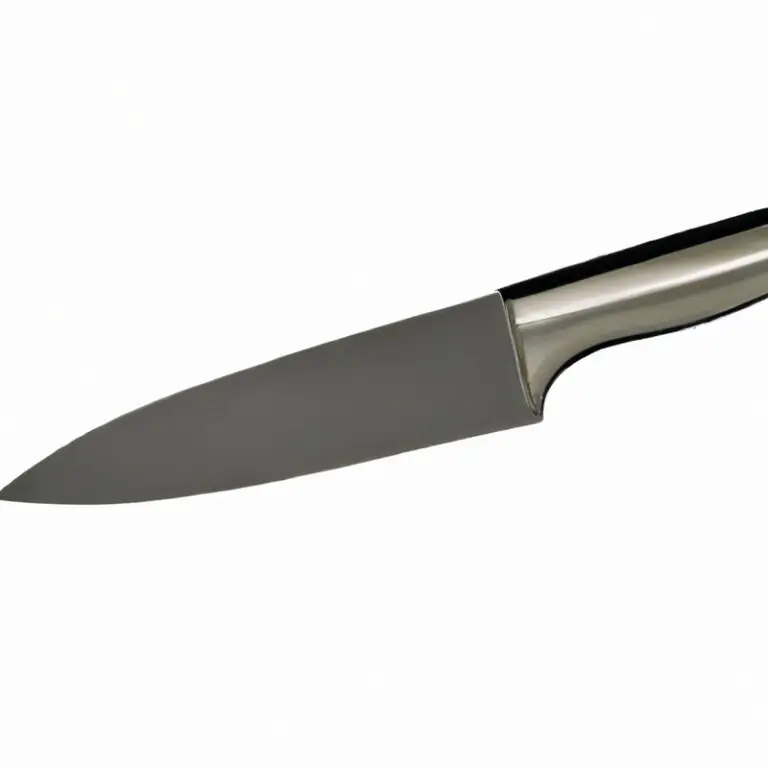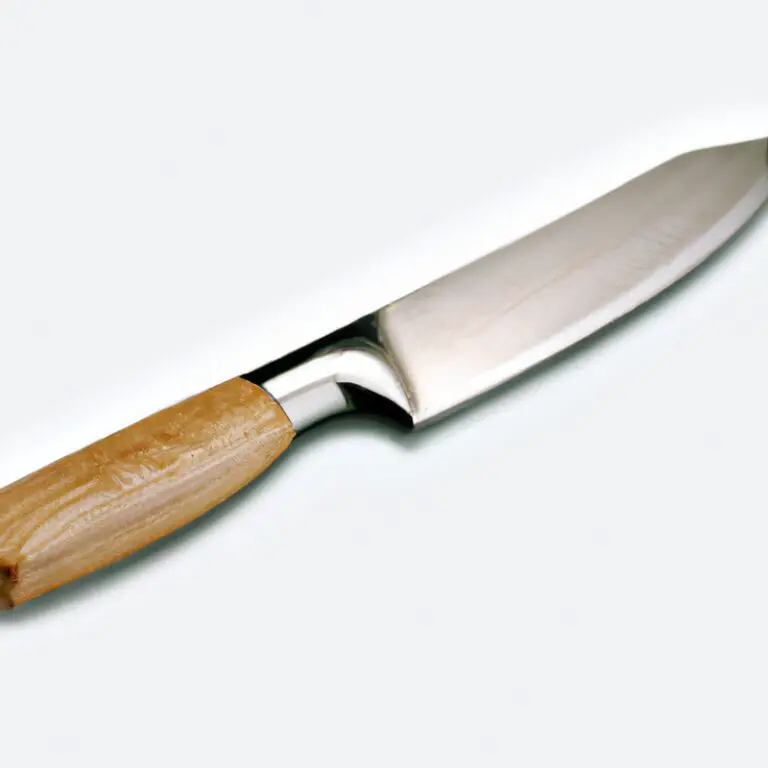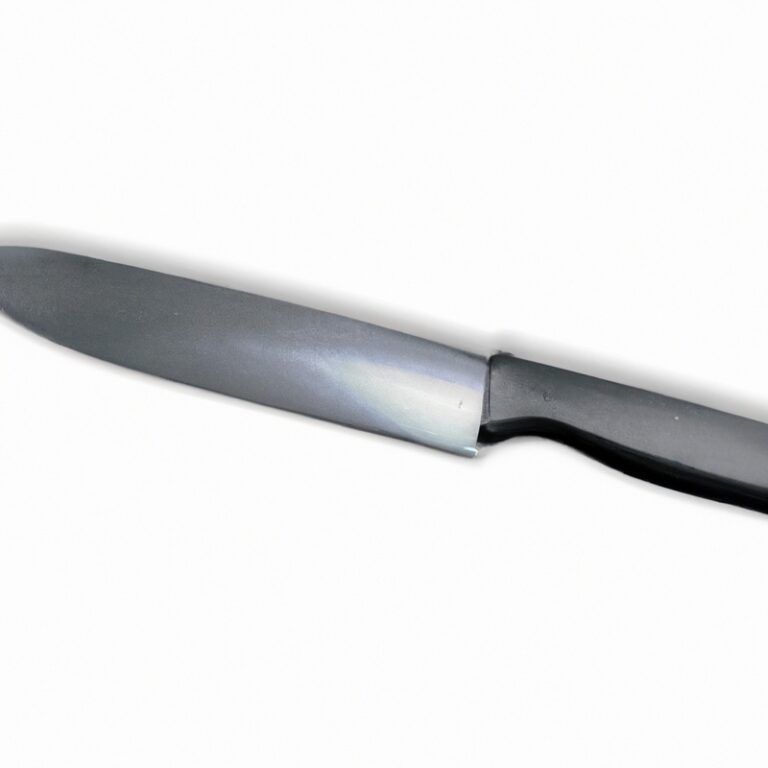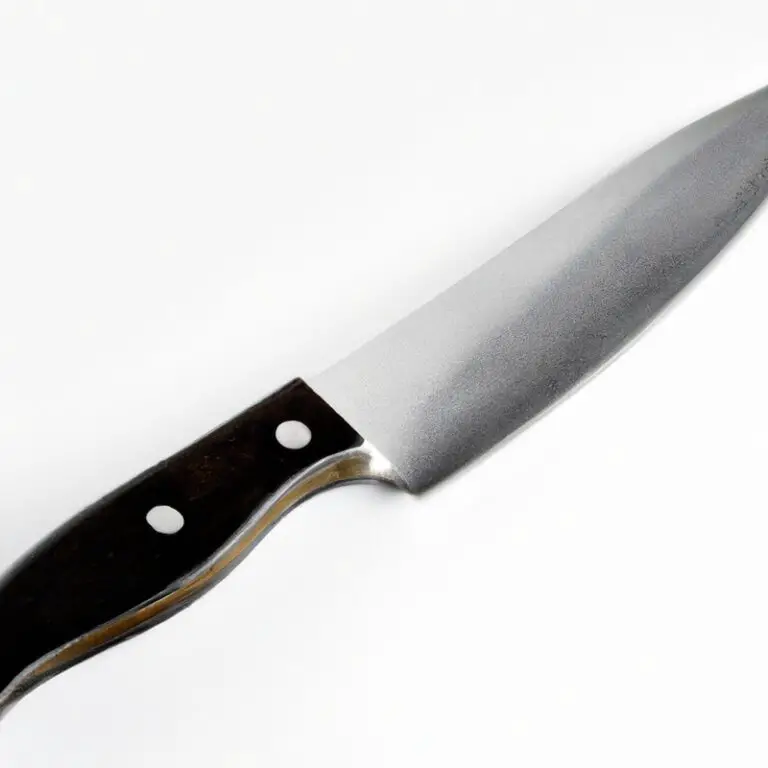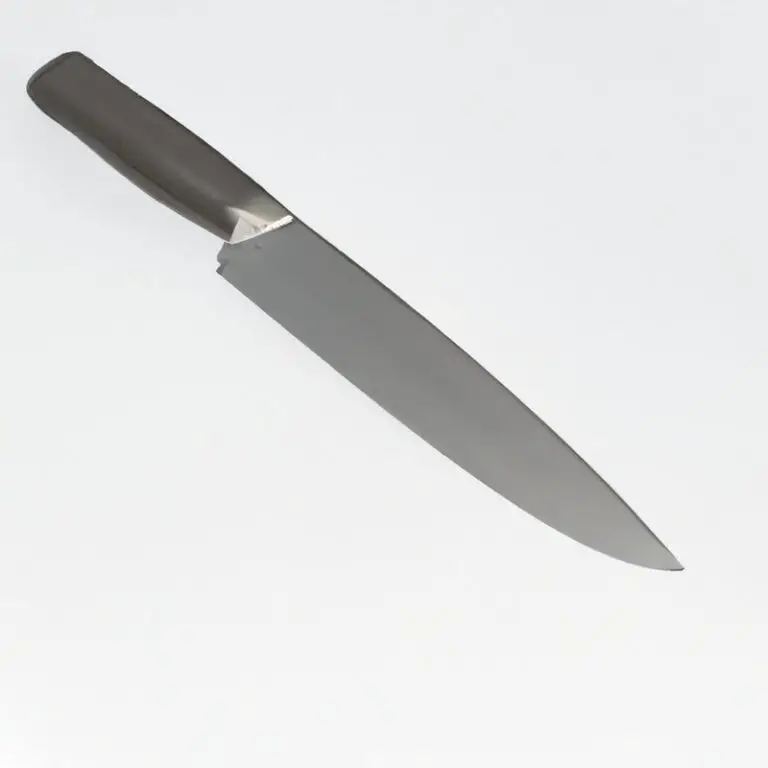How To Fillet a Yellow Catfish Using a Fillet Knife? Watch And Learn
Key Takeaways:
- A sharp fillet knife is crucial in filleting a yellow catfish effectively and safely.
- Follow proper techniques, such as starting at the tail and slicing along the spine, to ensure you remove as much meat as possible.
- Utilize a cutting board with a non-slip surface and secure the catfish firmly to prevent any accidents.
- With practice and patience, even beginners can master the art of filleting a yellow catfish.
Are you looking to up your fish filleting game? Look no further than the yellow catfish, a tasty and unique fish that requires a special touch when it comes to filleting.
In this article, I will guide you through the steps of filleting a yellow catfish using a fillet knife, from selecting the right knife to cleaning up after the job is done.
By following these steps, you’ll be able to enjoy a perfectly filleted yellow catfish every time. Let’s dive in!
| Fillet Steps | Description |
|---|---|
| Step 1 | Place the yellow catfish on a clean working surface with its belly facing up. |
| Step 2 | Hold the fish securely by the head with one hand and make a shallow cut behind the gills with the fillet knife. |
| Step 3 | Run the fillet knife along the top of the fish’s backbone from the head to the tail. |
| Step 4 | Turn the fish over and repeat the process on the other side. |
| Step 5 | Place the fillets skin-side down and run the knife between the skin and flesh, starting at the tail and working towards the head. |
| Step 6 | Remove any remaining bones with a pair of pliers or tweezers. |
Selecting the right fillet knife for yellow catfish
When selecting a fillet knife for yellow catfish, there are a few key factors to consider. The blade should be flexible enough to easily maneuver around bones and curves, but also sturdy enough to handle the tougher skin of the yellow catfish.
Look for a blade length between 6-9 inches for optimal control.
A non-slip grip is also essential to avoid any accidents while filleting. Additionally, consider the weight of the knife, as a lightweight knife may make filleting a quicker and easier process.
By choosing the right fillet knife, you can ensure a smoother and safer filleting experience.
Preparing the yellow catfish for filleting
Before you begin filleting a yellow catfish, you need to prepare it properly. Start by washing the fish with cold running water and patting it dry.
Place the fish on a clean cutting board.
Next, use a sharp knife to remove the dorsal fin by cutting around it in a circular motion. Then, cut off the pectoral fins and the adipose fin near the tail.
Now make a shallow cut just behind the gills and run the knife’s blade along the fish’s backbone towards the tail.
Be careful not to cut through the backbone or the ribs. When you reach the ribcage, rotate the knife and begin cutting towards the belly of the fish.
Repeat the same process on the other side of the fish.
After you have freed the fillet from the rib cage of both sides, you can discard the head, tail, and the guts. Your fish is now ready for further steps in the filleting process.
Removing the head and tail of the yellow catfish
To remove the head of the yellow catfish, hold the fish firmly by the head with one hand and use a sharp fillet knife to make a cut behind the gills and pectoral fins. Once you’ve made the cut, pull the head back with your free hand to separate it from the body.
To remove the tail, flip the fish over onto its belly, and cut straight across the body just past the tail fin.
Cut through the spine and remove the tail. Removing the head and tail of the yellow catfish helps make it easier to get a clean, boneless fillet.
Plus, it makes the fish easier to handle while cleaning and filleting.
Remember always use a sharp fillet knife and work carefully to avoid any injuries that could come from using a dull knife.
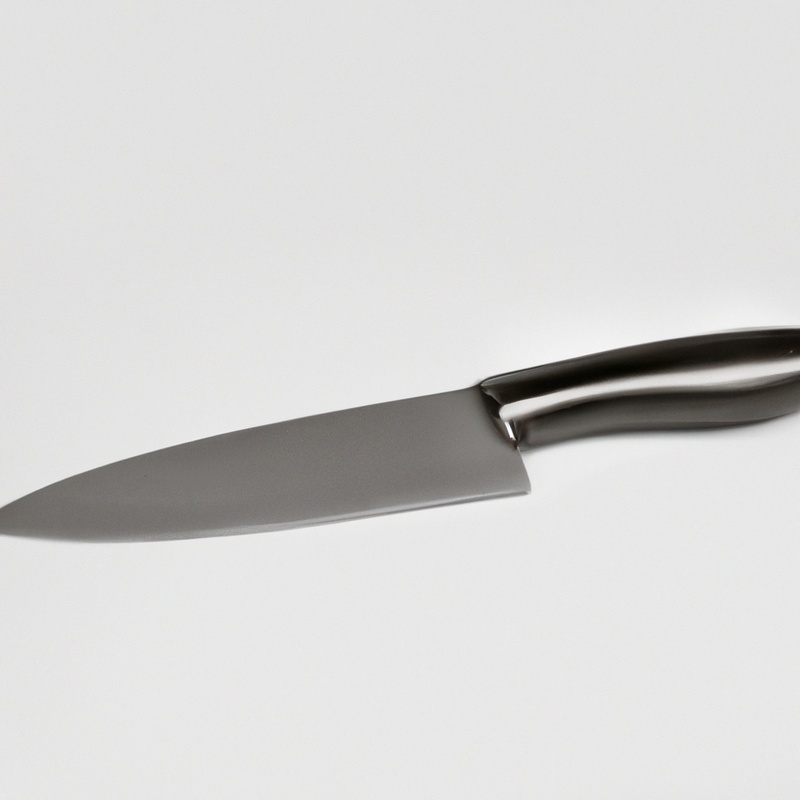
Cutting along the spine of the yellow catfish
To cut along the spine of a yellow catfish, place the fish on its side and insert the tip of the fillet knife into the fish just behind its gills. Cut vertically down along the spine towards the tail, angling the blade slightly towards the rib bones, until you reach the backbone.
Turn the blade and cut through the rib bones towards the skin.
Once you have separated the fillet from the ribcage, repeat the process on the other side of the fish to obtain the two fillets.
Separating the fillet from the rib cage
To separate the fillet from the rib cage, make a shallow cut into the fish’s fillet near the head. Then, insert the blade of your fillet knife between the fillet and the rib cage, slowly working your way along the spine.
As you do this, use your other hand to pull the fillet away from the bones to prevent the knife from snagging.
Repeat this process on the other side of the fish to separate the second fillet from the rib cage. Take care to remove any small, lingering bones from the fillet using a pair of pliers or tweezers.
Finally, rinse the fillets with cold water and pat them dry before cooking or storing.
Removing the skin from the yellow catfish fillet
To remove the skin from the yellow catfish fillet, place the fillet skin-side down on a cutting board. Use a sharp fillet knife to make an initial cut between the flesh and skin at one end of the fillet.
Hold the skin with one hand and use the knife to cut along the length of the fillet, keeping the blade as close to the skin as possible.
Be careful not to remove too much flesh with the skin and keep the knife angled downward to avoid cutting into the bones. If you find it difficult to grip the skin, use a paper towel to improve your grip.
Once the skin is removed, inspect the fillet for any remaining bones before trimming it to your desired size.
Then, rinse the fillet under cool water and pat it dry with a paper towel. Removing the skin from the yellow catfish fillet can be challenging, especially if the skin is tough and thick.
But with practice and patience, you can master the process and prepare a delicious catfish dish that your family and friends will enjoy.
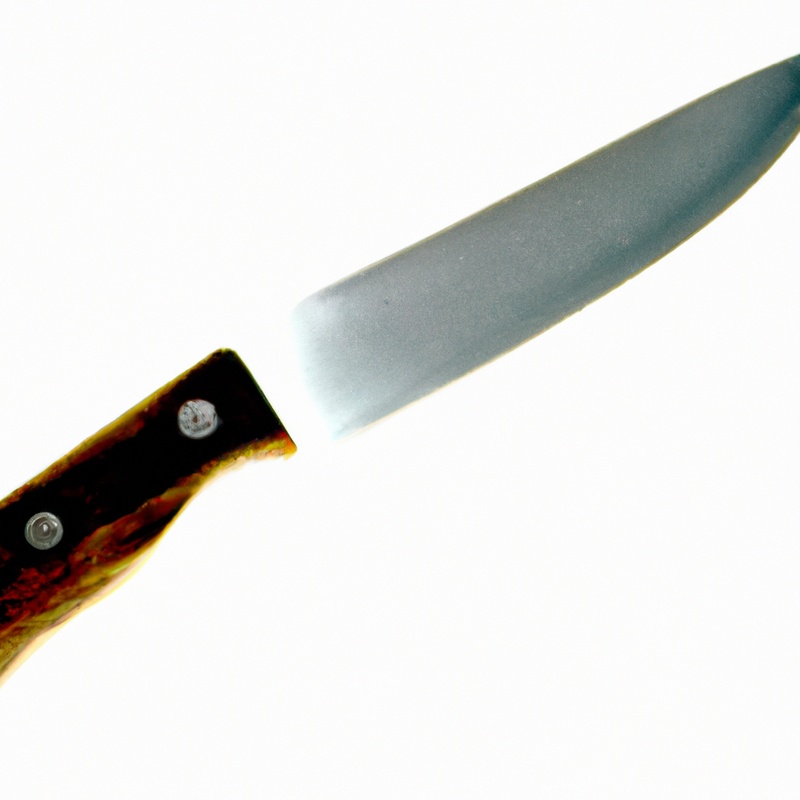
Trimming the yellow catfish fillet for optimal taste
Trimming your yellow catfish fillet correctly can make a significant impact on its flavor and texture. Start by removing any red or gray-colored flesh, as this part tends to taste fishy and can ruin the eating experience.
Use a sharp fillet knife to cut off any remaining rib bones and the belly fat on the fillet’s top side.
For a crispy and succulent texture, remove the skin from the fillet by inserting your knife between the skin and the flesh at an angle and then pulling in one direction. Finally, cut your trimmed fillet into desired portions, ensuring that each piece is uniform in size for even cooking.
With these simple steps, you will have a delicious yellow catfish dish that is sure to impress your family and friends.
Cleaning and maintaining your fillet knife post-use
After filleting a yellow catfish using a fillet knife, it’s crucial to clean and maintain your equipment to ensure its longevity and efficiency for future uses. Here are some essential tips for cleaning and maintaining your fillet knife:
- Rinse the blade with warm water to remove any debris, blood, or scales.
- Use a mild detergent or soap and a soft-bristled brush to scrub the blade gently.
- For tougher stains or stubborn residues, add a few drops of white vinegar to the warm water before cleaning.
- Dry the blade thoroughly with a clean cloth or towel to prevent rust or corrosion.
- Apply an oil or lubricant to protect the blade and keep it sharp.
- Store the fillet knife in a dry and safe place, preferably in a sheath or blade guard, to avoid any damages.
By following these simple steps, you can ensure your fillet knife is well-maintained, sharp, and ready to use whenever you need it.
Final Verdict
Filleting a yellow catfish can be a daunting task, but with the right fillet knife and technique, it can be a satisfying and rewarding experience. Remember to select a flexible and sharp fillet knife, prepare the fish properly, cut along the spine, and trim the fillet to optimize taste.
Also, take care to clean and maintain your fillet knife after use for longevity and optimal performance.
By following these steps, you can confidently fillet a yellow catfish like a pro. With practice, you can master this skill and enjoy delicious and healthy meals from this sustainable fish.
When it comes to filleting, remember to put safety first, trust in your knife, and, most importantly, enjoy the process.
Happy filleting!

